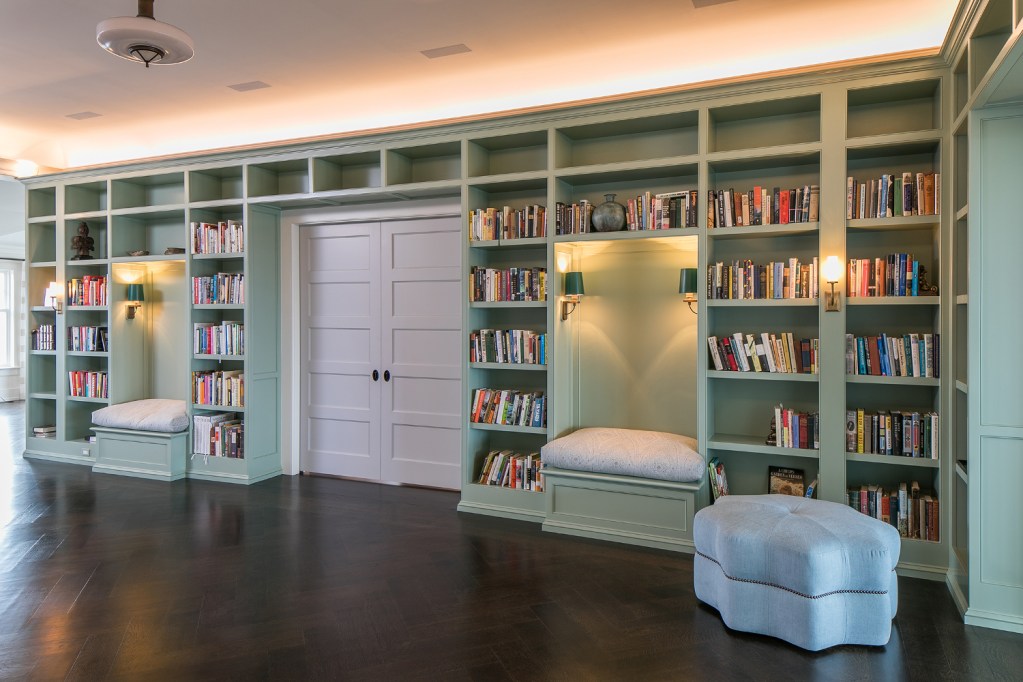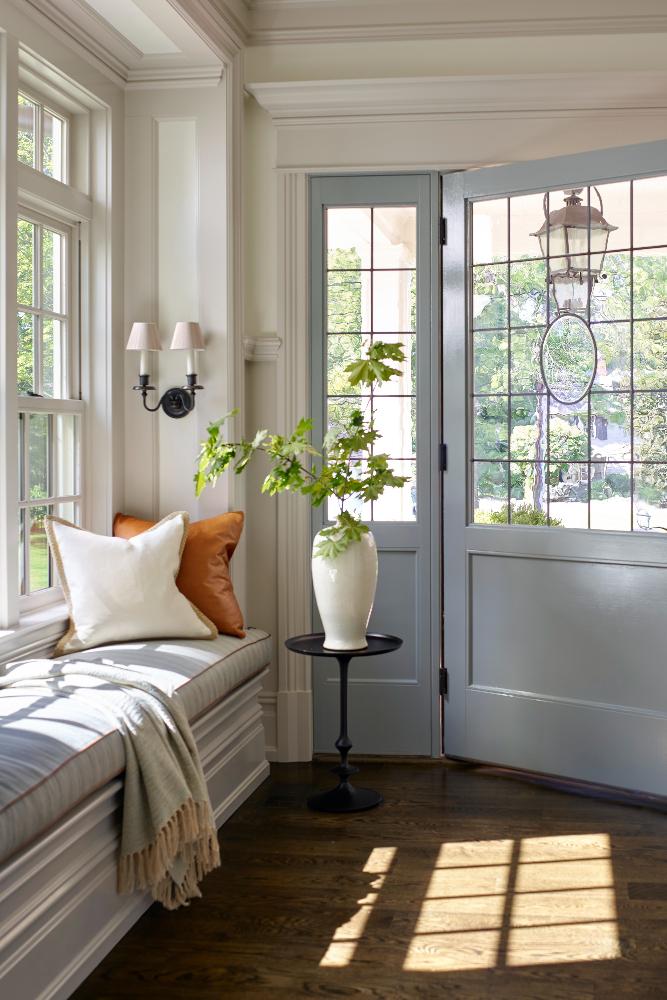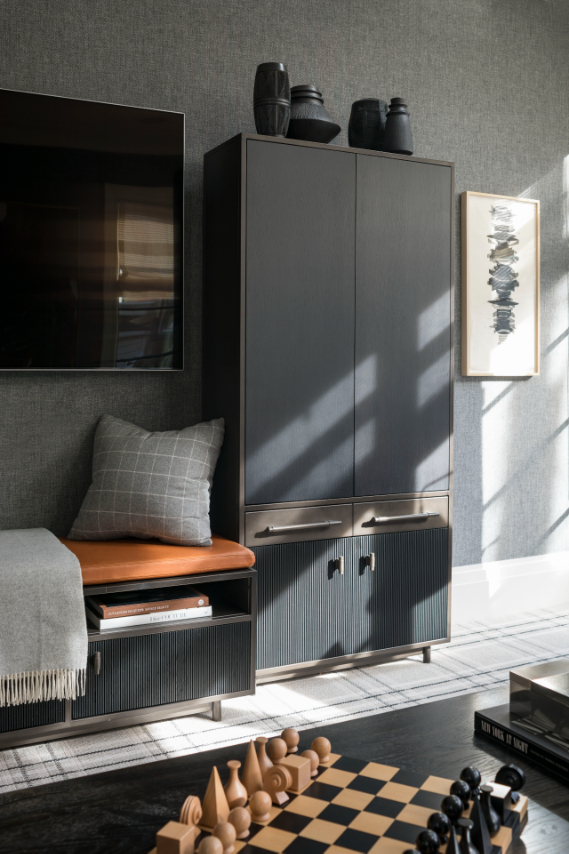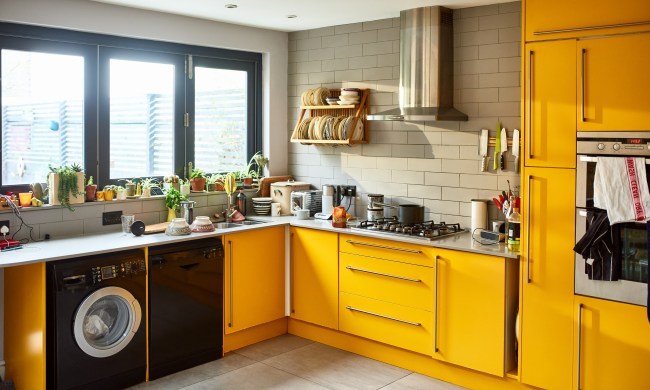
Spring is here and with it comes a bolt of energy. All of those DIY projects you dreamed up during winter are now becoming a reality, from spring cleaning to setting up the garden. In terms of interior projects, there’s a place that’s often overlooked, but when done right, can change the mood of the entire house for the better.
We’re talking about the nook, that recessed bit of space that’s so often just a graveyard for old books, stacks of board games, and other clutter. The nook deserves better. If you have one, it’s time to get it looking its very best.
Experts weigh in
We chatted up a few experts to get some insights on improving nooks. And they delivered, suggesting everything from maximizing natural light to pushing for comfort with the right pillows, blankets, and more. Here are the best ways to design a nook, with ideas and thoughts from the pros.
Practical comfort
“There are two things to consider when designing a nook — comfort and practicality,” said Guillaume Dupre, Senior Designer at Bakes & Kropp Fine Cabinetry. “If it’s not comfortable, you’ve missed the point!”
Knocking that out means proper spacing and the right mood. “Ensure the seating is wide enough for people to nestle into, and for a dining nook, make sure it is high enough in relation to the tabletop. Lighting is another important factor for functionality. In these built-in reading nooks, sconces add a nice warm glow with an air of sophistication,” Dupre adds.
Efficiency
You can get clever with what goes into the nook. Often, it’s such a small space that you have no choice. Look for useful additions like hooks or hangers that collapse or fold in when not in use. Most nooks involve windows, which you’ll want to show off as you harness all that natural light. That said, forfeit the curtains and drapes that don’t tuck away as cleanly and opt for some sharp blinds or something similar that won’t take up much space and can retract with ease during daylight hours.
Keep the genius Murphy bed in mind as you use this space. In other words, think about additions that can come to life when you need them and tuck away nicely when you don’t. A great example is this flip-down desk from Resource Furniture.

Quaint coziness
“A nook denotes coziness — a perfect place to unwind and curl up with a book,” stated Dan Mazzarini. He’s the creative director and founder of BHDM Design and ARCHIVE by Dan Mazzarini. “Outfit your nook spaces with pillows, blankets, and lighting fixtures for a warm and intimate space. You can add sconces to bring the scale down for that quaint feel, and expand the look of your nook into the rest of the room so it doesn’t feel too cramped.”
What else? Use some reflection to stretch out the space and bounce the light around. “Mirrors are another nice addition to help reflect the light for a reading space,” he says.
Consider texture
There are several ways to add some texture to the wall of the nook. A great way is to use wallpaper. You can match what else is in the room or have it be the only wall in the area sporting wallpaper, making it pop and giving the nook itself some added depth. Go with classic wallpaper if you’re stuck on a design or pattern or try removable wallpaper if it’s something you might want to change up depending on your mood or the season.
Texture can come via mounted items as well. Kitchen and dining room nooks are especially great spots for hanging things like antique plates or other items. You can add some texture to your window by framing it with some custom molding. And the wall itself can be treated to some texture with custom woodcuts, panels, or even tile.
The right details
“Whenever possible, I try to create a comfortable place to read in living rooms, sitting rooms, and bedrooms,” stated Gideon Mendelson, founder and creative director at the Mendelson Group. “What are the essentials for a successful reading nook? I’d start with a comfortable, fully upholstered chair and ottoman, a side table for your tea, a luxurious throw blanket, and a great standing lamp. Hand the kids their iPads and treat yourself to an hour of escapism!”

Simple is fine
The nook is a confined space. If you overdo it, the nook will no longer serve its purpose. Instead of a little built-in hideaway, you’re left with an awkward and crammed add-on. So, keep it simple. Perhaps all you need is a pair of pillows and a good throw blanket. Go with furniture and other objects that fit the natural shape of the nook to keep things easy and maintain the spacing of the room. Consider items that can serve multiple purposes, like cabinetry that you can sit on as well as file things in. Less is more.


